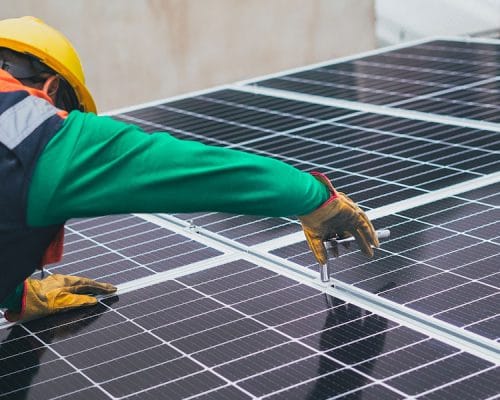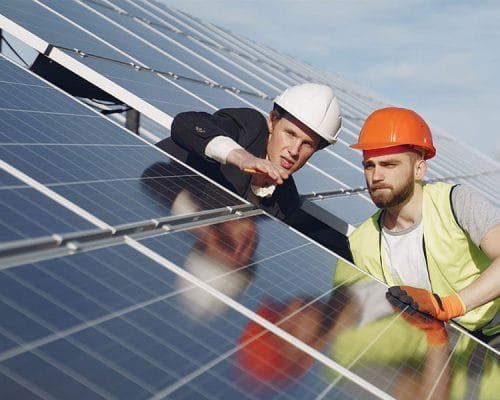If you’re looking to cut your power bills and embrace cleaner energy, installing a solar panel roof is one of the smartest moves you can make. In sunny areas like Perth, solar technology is more effective and affordable than ever. By using solar power roof panels, homeowners can generate their own electricity, lower their dependence on the grid, and reduce their carbon footprint. Whether you’re building a new home or upgrading your current roof, solar panel systems offer long-term savings and environmental benefits.
What Is a Solar Panel Roof?
A solar panel roof involves installing photovoltaic (PV) panels on your rooftop to capture sunlight and convert it into electricity. These panels are strategically placed to maximise sun exposure, making your roof an energy-generating asset. Solar power roof panels can be mounted on various types of roofs, including tiled, metal, and flat surfaces.
The electricity produced is either used instantly within your home or stored in solar batteries for later use. Excess power can also be sent back to the grid, allowing you to earn feed-in tariffs or credits from your electricity provider.
Types of Solar Panel Roof Systems
On-Grid Solar Panel Roof
This system is connected to the electricity grid. Any unused energy your solar panel roof generates is sent back to the grid, and you receive credits on your power bill. It’s the most popular choice for urban homes.
Off-Grid Solar Panel Roof
These systems operate independently from the grid. Ideal for remote areas, off-grid solar power roof panels require batteries to store energy for use when the sun isn’t shining.
Hybrid Solar Panel Roof
A hybrid system combines grid connectivity with battery storage. This allows you to use stored energy during peak hours or outages while still benefiting from grid access.
Uses of Solar Power Roof Panels
Powering Your Home
The primary use of solar panel roof systems is to power everyday appliances such as lights, refrigerators, air conditioners, and more.
Storing Energy
By adding batteries, solar power roof panels can store excess energy for nighttime use or during cloudy days.
Feeding the Grid
Homes with solar panel roofs can feed surplus power back into the grid, often earning rebates or credits from electricity providers.
Supporting Smart Homes
Modern households often integrate solar power with smart devices for better energy management and cost control.
Benefits of Solar Panel Roof Installation
Reduce Energy Bills
With a solar panel roof, you can dramatically lower your monthly electricity costs. Over time, these savings can cover the initial installation cost and provide long-term financial benefits.
Environmentally Friendly
Switching to solar power roof panels helps reduce your reliance on fossil fuels, cutting down on greenhouse gas emissions and promoting cleaner air.
Increase Property Value
Homes with solar panel roof systems tend to have higher market values. Buyers are often attracted to the energy efficiency and long-term savings these systems offer.
Low Maintenance
Solar power roof panels require minimal maintenance. Occasional cleaning and professional inspections ensure they continue to operate at peak efficiency.
Access to Government Incentives
In Perth and across Australia, homeowners can take advantage of various rebates and incentive programs to reduce the upfront cost of installing a solar panel roof.
Choosing the Right Solar Panel Roof System
When choosing your solar power roof panels, consider factors such as roof size, energy usage, budget, and whether you want to include battery storage. Working with a professional installer ensures the panels are correctly positioned and connected for maximum performance.




